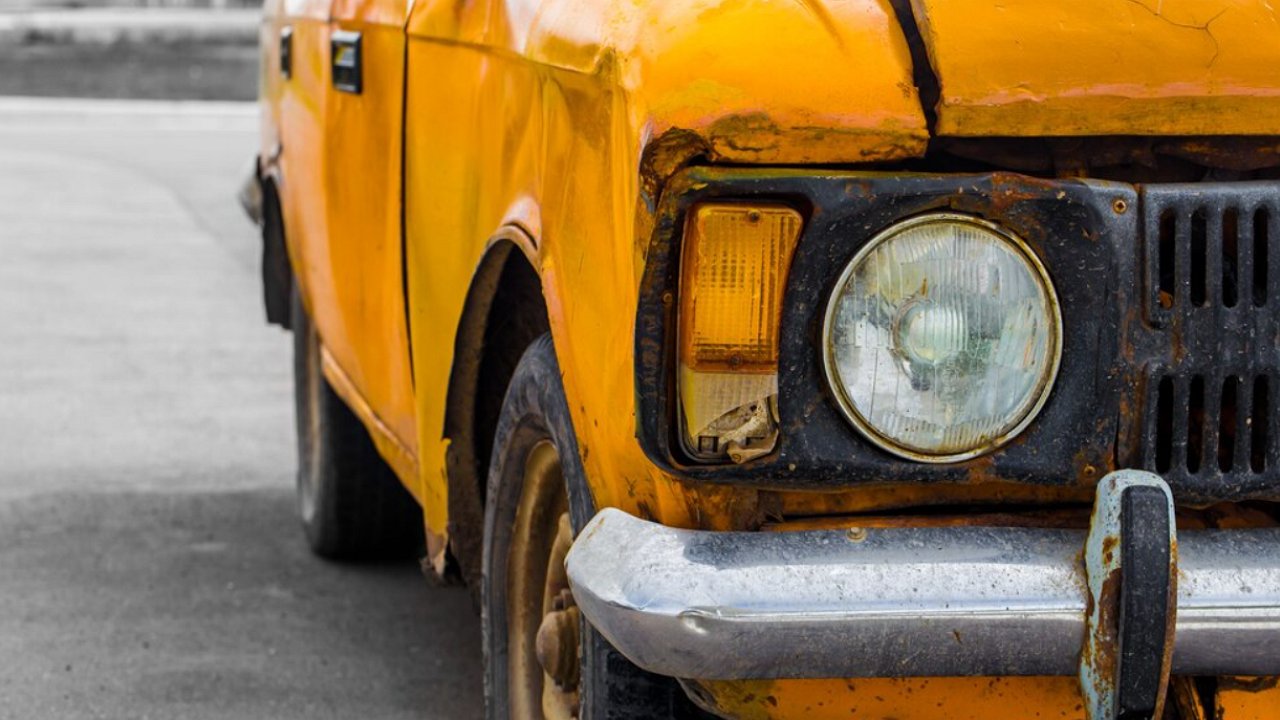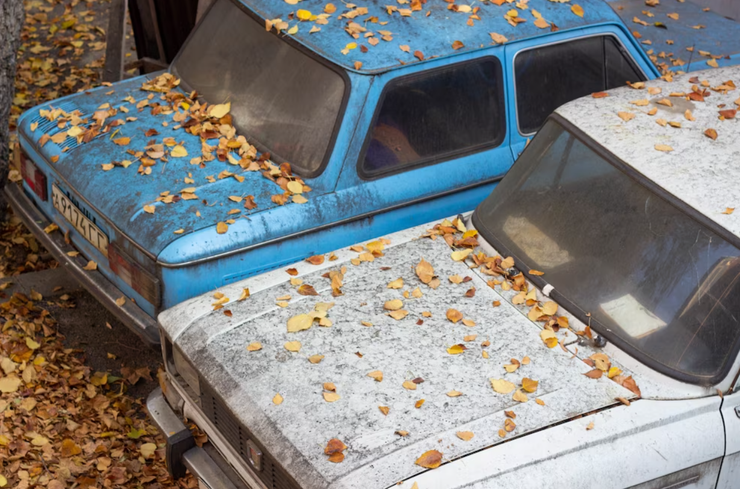In the USSR there was a very interesting AMC-3 lubricant, designed to protect ferrous and non-ferrous metals in contact with seawater from corrosion – mechanisms and bodies of ships, seaplanes and submarines. It is made from petroleum with the addition of aluminum oleostearate as a thickener and looks like a black ointment. Perfect!
Firstly, as a target lubricant, that is, for professional use, AMC-3 has undergone dozens of tests, and the defense quality control department is not to be trifled with. So there were no questions about the ‘quality mark’. Secondly, constant contact with salt water is not sandblasting and reagents, but much more serious. Car use is therefore possible for a longer period – we are talking about decades.
The third point, which was relevant then as today, is price. AMC-3 lubricant was delivered to the USSR in 15-kilogram buckets, but how many of these go on a seaplane or submarine? Hundred? Thousand? It was no problem to exchange or buy a few kilos to process the machine.
Today, such a composition is sold on the Internet – if you want, you can even find Soviet reserves: 1000 rubles per kg, despite the fact that a car needs 3-4 kg. And no reagent is scary!














